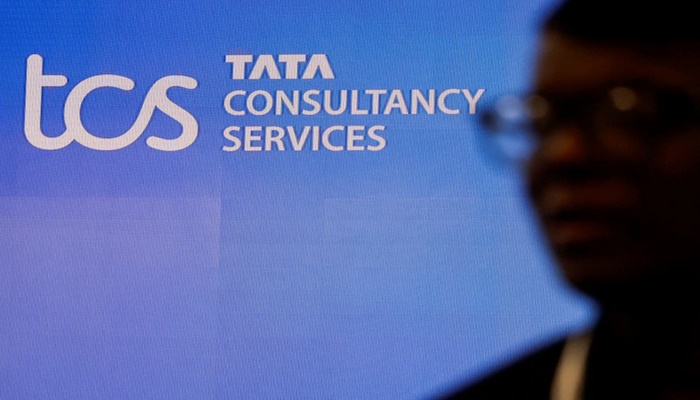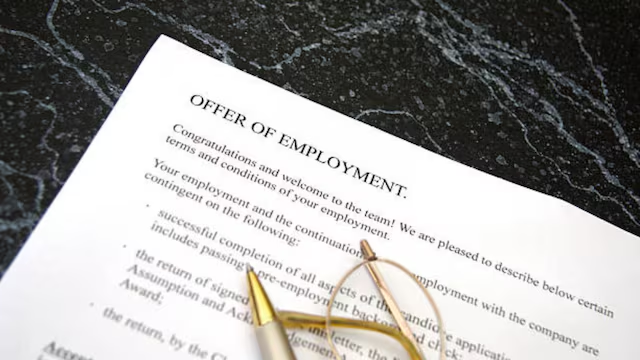For more than four years, Microsoft employees have enjoyed one of the most flexible work setups in the corporate world. Since late 2020, the company has allowed its staff to work remotely almost half the time without needing special approvals. In practice, the policy became even looser, with many workers choosing to work from home most of the week.
That arrangement, however, may soon change. Reports suggest that Microsoft is preparing to update its attendance guidelines. Starting as early as January 2026, the company could require employees to be physically present in the office at least three days a week. While the exact implementation will vary depending on office location, the Redmond, Washington, headquarters is expected to be among the first to roll out the stricter rules.
Why the sudden shift
The pandemic forced global businesses to embrace remote work. What was once an exception became a norm, and employees across industries began to experience a new way of balancing personal life with professional responsibilities. However, in the last two years, big tech companies have been gradually reversing course.
Leaders at these firms argue that in-person work plays a vital role in boosting creativity, collaboration, and company culture. While video calls and messaging apps kept teams connected during the pandemic, many executives feel that face-to-face interaction builds stronger trust, sparks innovation, and prevents employees from working in silos.
Microsoft spokesperson Frank Shaw has reportedly confirmed that the company is actively reviewing its flexible work policies. Although no final decision has been made, the internal discussions suggest that the company believes the time has come to redefine what hybrid work means in practice.
How other companies are approaching it
Microsoft is not alone in this move. Its competitors have already drawn firmer lines. Amazon now requires employees to work in person five days a week, effectively eliminating remote work. AT&T has taken a similarly tough stance, with its CEO John Stankey urging employees to either comply with the policy or explore other opportunities.
Meta and Google have both opted for a middle ground. They mandate three days of in-office work, a model that Microsoft now seems likely to adopt. Interestingly, certain Microsoft teams, such as the Corporate, External, and Legal Affairs (CELA) group, are already working from offices more frequently than the proposed three-day minimum.
What this means for employees
If the policy is finalised, Microsoft’s workforce will need to make significant adjustments. Many employees had restructured their lives around remote flexibility. Some had moved to suburbs or even different cities, relying on fewer office visits. A three-day requirement may mean longer commutes, higher travel costs, and less freedom to manage personal schedules.
On the other hand, a more consistent office presence could bring back the sense of belonging and collaboration that remote work diluted. Being in the office allows for casual brainstorming sessions, spontaneous conversations, and stronger mentoring opportunities for younger employees who may feel disconnected in a fully remote setup.
This change may also highlight a generational divide in the workplace. Younger workers often value networking and office culture, while many mid-career professionals prefer the flexibility of remote work to balance family responsibilities. Microsoft will likely face the challenge of addressing both expectations while ensuring that productivity remains strong.
The bigger picture
The bigger story here is not only about Microsoft. Across industries, companies are rethinking what “flexibility” truly means. During the pandemic, the promise of working from anywhere seemed permanent. Today, that promise is being reshaped. Hybrid work is becoming the new standard, where flexibility is offered but within structured limits.
For employees, this shift represents the end of an era of unlimited remote work. For employers, it reflects a desire to reinforce company culture, protect long-term productivity, and strengthen employee engagement. The question remains whether these stricter policies will boost collaboration or risk frustrating workers who have grown used to independence.
As Microsoft prepares to finalise its decision, the move signals that the debate around remote versus office work is far from over. What seems clear, however, is that the future of work is not about extremes. It will not be entirely remote, nor will it return to the rigid five-day office schedule of the past. Instead, it is likely to settle somewhere in between, where companies like Microsoft balance flexibility with the need for in-person presence.




















